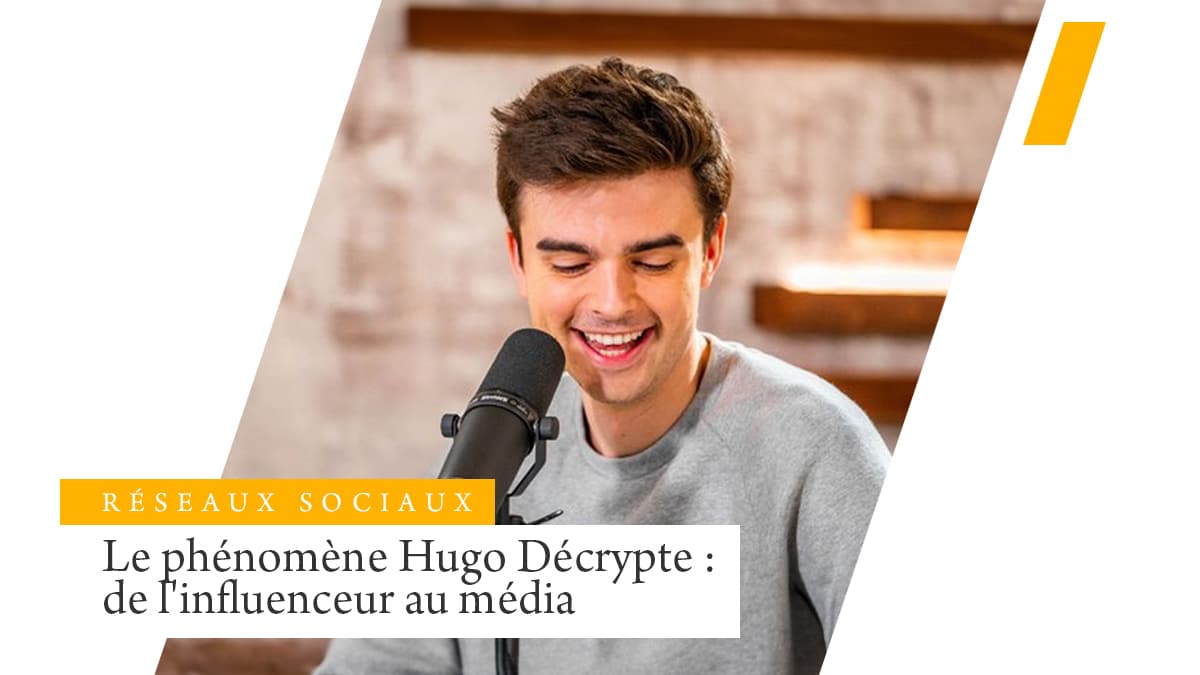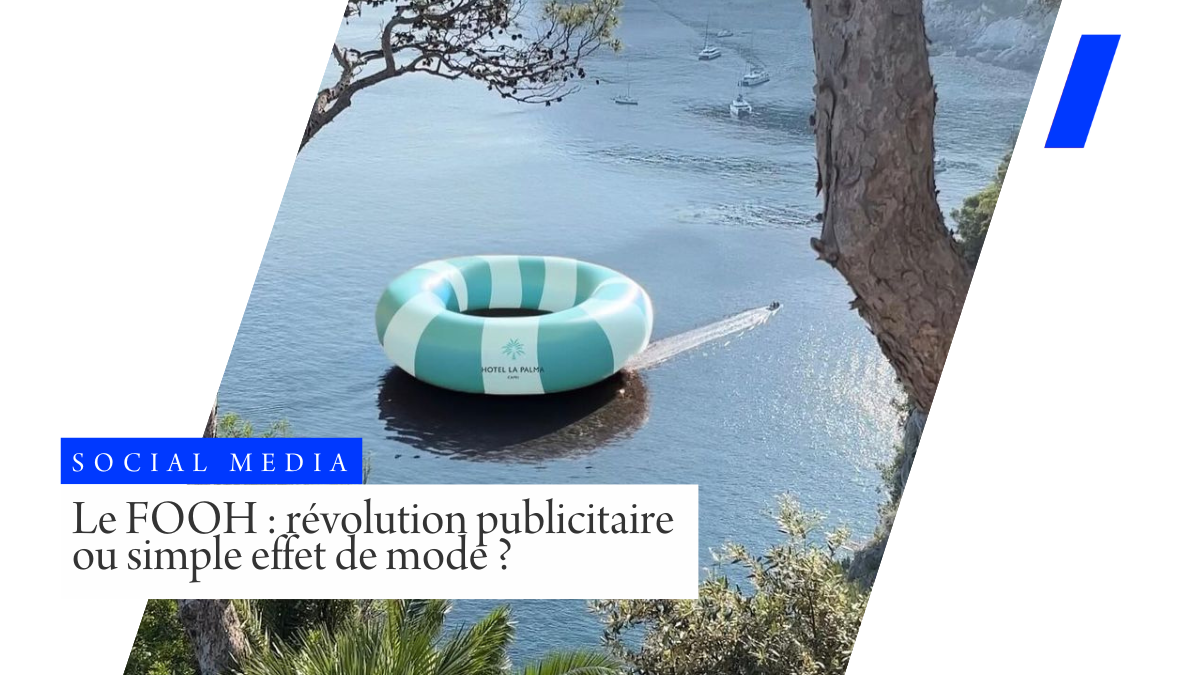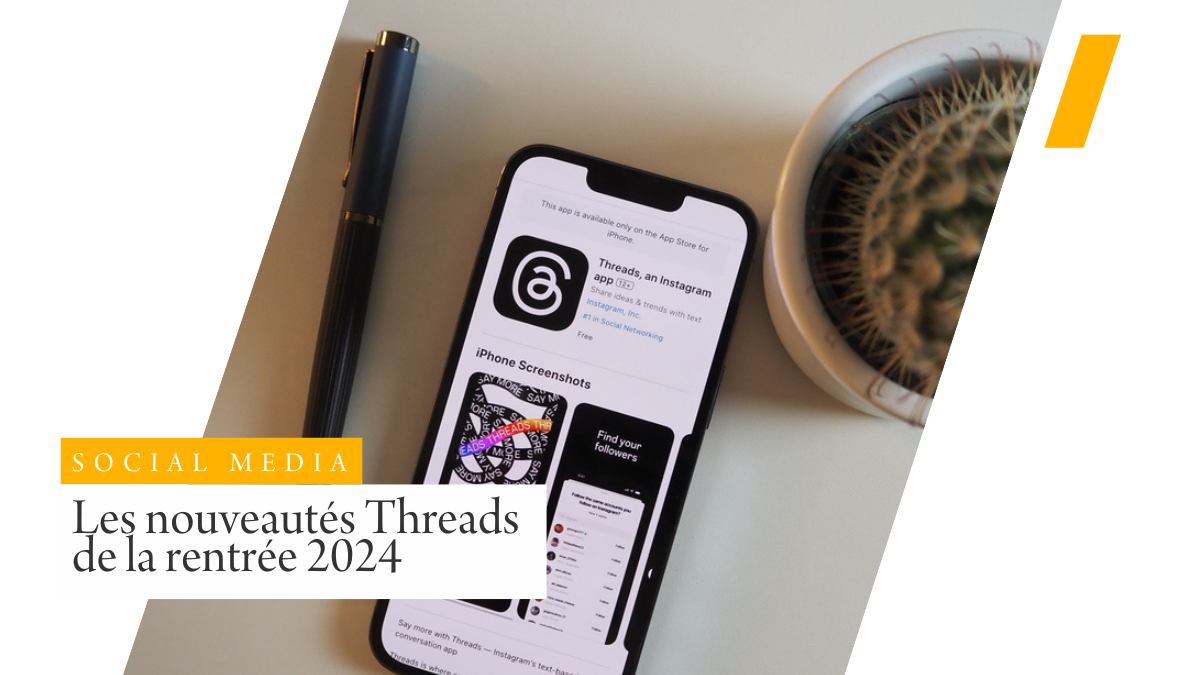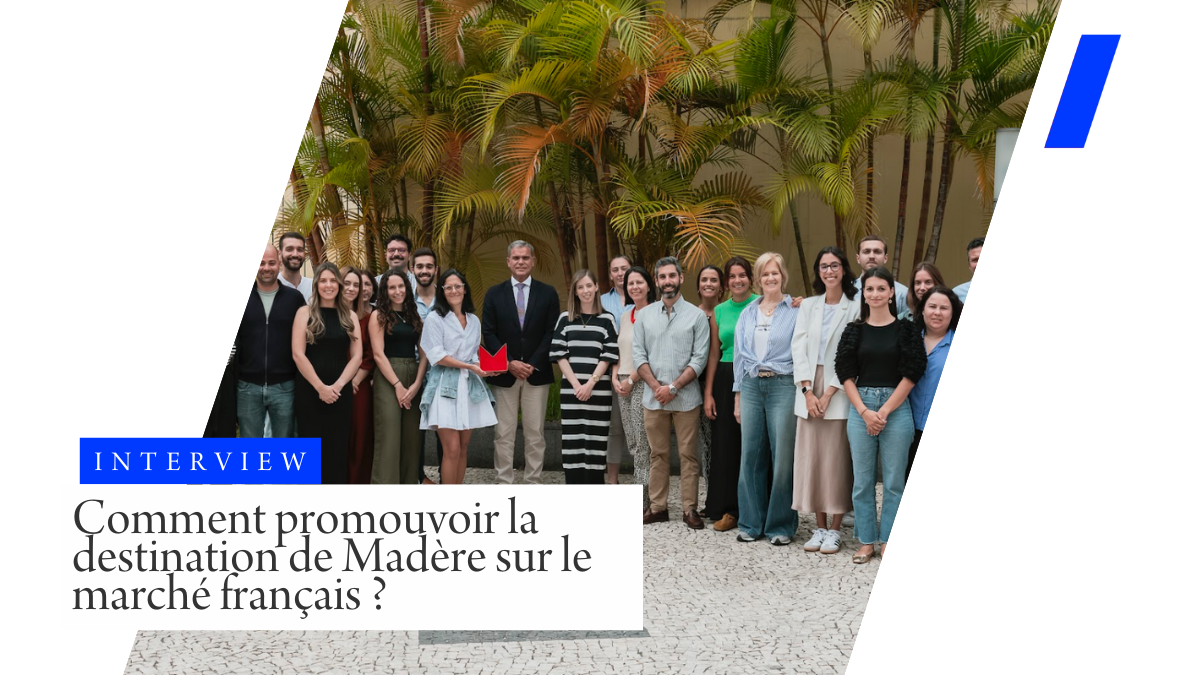In today’s ever-changing media world, we’re looking for new voices to inform, entertain and inspire us. One of these new players who has recently captured the attention of the young (but not only) is Hugo Décrypte, a charismatic influencer whose name now resonates as an essential journalistic reference in France. Hugo Décrypte’s rise is not just the story of a media personality who has gained notoriety; it also reflects a profound transformation in the way young people consume information. Born of the digital age, Hugo has exploited online platforms to become a true mediator between complex news and a young audience, often eager to understand the world around them. You won’t have missed his interview with the French President on September 4. This interview, broadcast live on its TikTok and Youtube networks, was followed by over 2 million people. The number 1 search in France on TikTok concerns this interview. Radio and TV stations see Hugo Décrypte as a real media competitor – and it is! Let’s find out together how this 26-year-old content creator has risen to become the reference media for the younger generation.

Source: HugoDécrypte YouTube channel – Large formats
An innovative angle
Coming from the generation of digital natives, Hugo Travers quickly understood the potential of social networks for disseminating information. So in 2015, while still a student at the Sciences Po School of Journalism, he set up his YouTube channel under the name “Hugo Décrypte”. His approach was simple but visionary: deconstruct complex current affairs topics and explain them in a clear and accessible way to a young audience.
This bold choice turned out to be a stroke of genius. His ability to translate often arduous information into dynamic, concise videos quickly attracted attention. Over time, his YouTube channel has become a veritable hub for deciphering current affairs, covering topics ranging from politics to science to popular culture. Thanks to his journalistic rigor, simplicity and sense of humor, Hugo Décrypte has become a recognized“journalist-influencer“, capable of explaining complex issues without ever underestimating his audience’s intelligence.
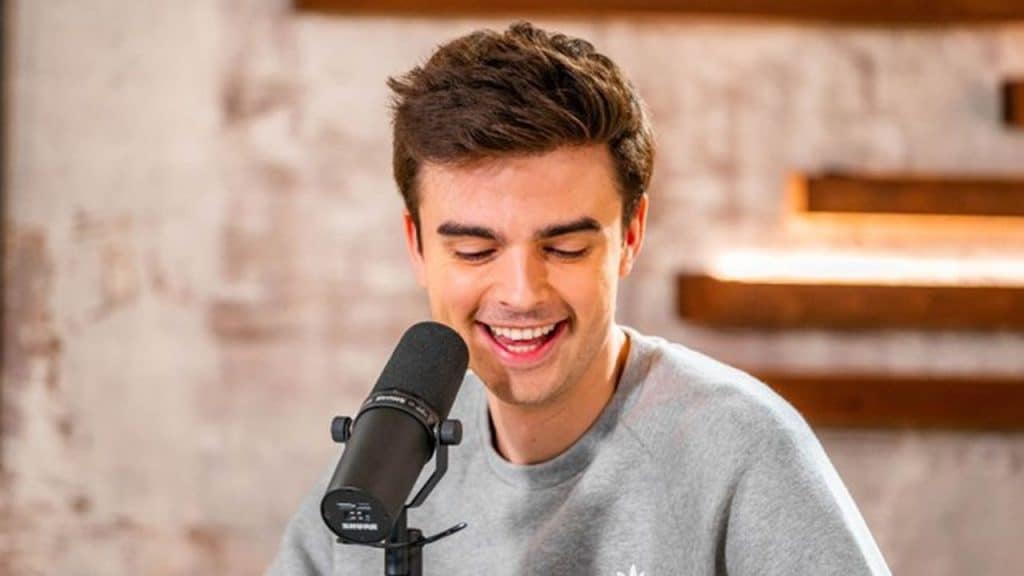
But Hugo Décrypte’s ascent didn’t stop there. With millions of subscribers on YouTube, he extended his presence to other platforms such as Instagram, Twitch and TikTok, broadening his influence with young users ever more eager for informative and entertaining content. This exponential growth in its audience has rapidly propelled it to the status of an essential reference for young people seeking clarity in the tumult of global current affairs. That’s why it’s considered today, even by its competitors, as a medium in its own right. But can social networking be considered a real medium?

The emergence of new media: revolutionizing and redefining information
The rise of Hugo Décrypte is inextricably linked to the media revolution. Indeed, since COVID, we’ve seen a rise in new media focused on culture and information. YouTube news channels (such as Nota Bene…), independent podcasts (such as Programme B or Ça dit quoi…), and social networks (like Remybuisine), so many players who know how to address their target: the younger generation.
Traditionally, the older media (newspapers, television, radio) were the reference sources of information. However, with the advent of the Internet, the media landscape has been turned upside down. New generations, familiar with the culture of online sharing, are looking for more direct, interactive sources of information tailored to their preferences. This is the context in which new media have emerged. Content creators have exploited this opportunity by providing more informal analysis and fostering more direct engagement with their audiences. This approach has helped to bridge the gap between young people and the news, while challenging the traditional model of information dissemination. In 2018, 71% of this 15-34 age group said they preferred social networks to traditional media (TV, press, radio) for information.
In the same vein, traditional media such as Le Monde, for example, have been quick to grasp the importance of social networks and the snack content format as a way of sharing information in a different way.

The impact of new media on the way young people are informed
With the advent of new media, disintermediation has accelerated. Young people now have direct access to sources of information, often in real time. Hugo Décrypte has capitalized on this trend, offering a personal perspective while encouraging its subscribers to check facts for themselves, thus fostering a critical mindset among its audience. New media create a space where younger people can contribute to the media conversation. This is exactly the case with Hugo Décrypte, which communicates not only to its target audience, but also to itself, since it is an integral part of its target audience. This generation of creators challenges old media power structures and offers a diversity of perspectives. It also encourages innovation in the way information is presented, promoting active, participatory learning. Younger generations have adopted new media consumption habits. They are more likely to consult their social media accounts than to watch traditional TV news. Content creators have adapted to this evolution by creating content adapted to popular platforms.

In short, new media have radically transformed the way younger generations access, consume and interact with information. Hugo Décrypte and other content creators have pioneered this revolution in media, adapting their approach to meet the changing needs of their audiences. Their influence continues to shape the way information is disseminated and understood in today’s world, paving the way for a more dynamic and participative media age.
